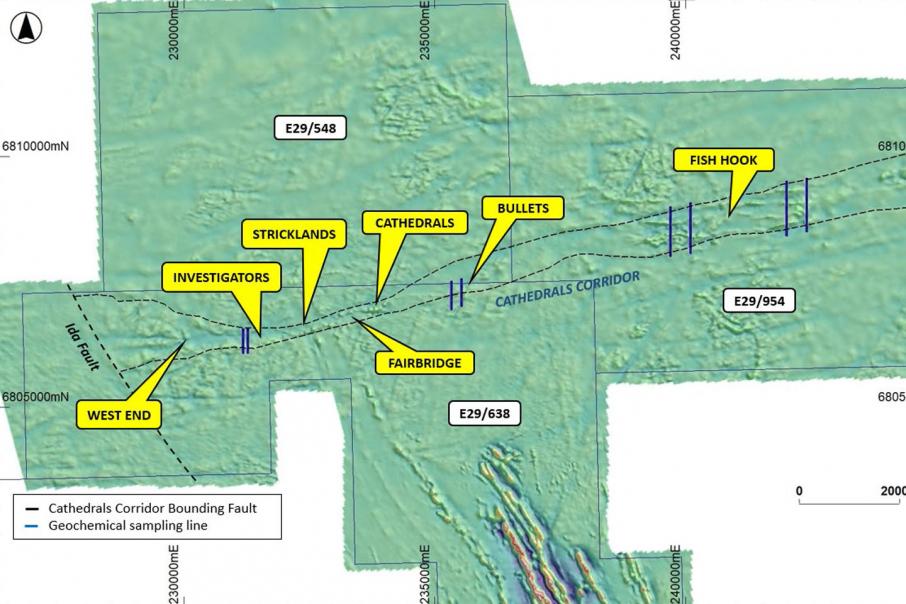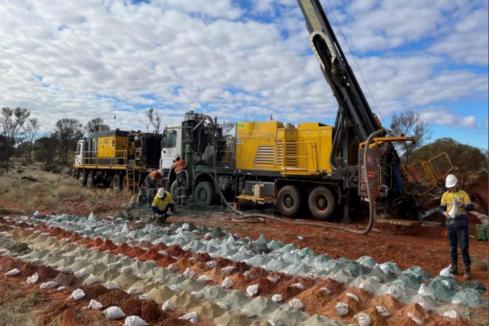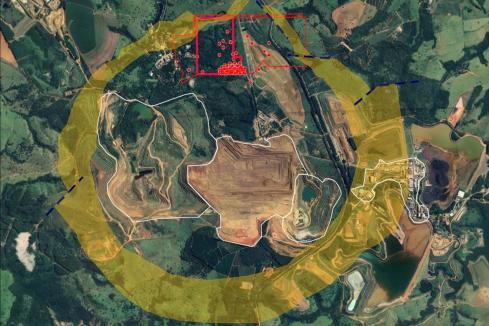St George Mining has uncovered two EM conductors lurking within shouting distance of a string of discoveries along its Cathedrals Belt nickel-copper sulphide mineralisation trend. According to the company, both EM conductors identified coincide with a nickel-copper soil anomaly at the Fish Hook prospect that is a part of the Mount Alexander nickel-copper project in the North Eastern Goldfields.
The company is now planning to pepper the landscape with a multi-hole, multi-rig campaign of RC and diamond drilling across its high-grade deposits at the Cathedrals Belt as soon as all approvals are in place.
The Cathedrals Belt contains six separate prospects within the Mount Alexander nickel-copper project. The company said that the drill program will target any and all EM anomalies modelled from the latest high temperature “SQUID MLEM”, or “EM” surveys that were re-started this month. The Fish Hook prospect is located in a tenement that is 100% owned by St George Mining and sits outside of the company’s JV operations with Western Areas.
According to St George, resource definition drilling programs will focus on the shallow deposits at the Stricklands, Cathedrals and Investigator prospects, where nickel-copper sulphide mineralization commences from just 30m below ground level.
These prospects are held in a joint venture between St George Mining Ltd (75%) and Western Areas Ltd (25%) and the company said these deposits are potentially attractive for an open-pit mining operation.
Executive Chairman of St George Mining, John Prineas said: "We believe the discoveries to date may only be a fraction of the mineralization in the high-grade mineral system at Mt Alexander. We will continue our systematic exploration in 2020 to test the potential for more deposits down-plunge of the shallow mineralization and also along strike to the east and west.”
A piece of drill core from the Investigators prospect is currently the focus of metallurgical tests on massive and disseminated nickel-copper sulphides. That core returned hyper-successful preliminary XRF values of 8.1% nickel and 2.69% copper and the company hopes they will be confirmed by laboratory assays.
Management said that the metallurgical tests will focus on producing separate nickel and copper concentrates whilst maximising the recovery of gold and “PGE’s”. Assays to date indicate that palladium could be up to 80% of the recovered PGE’s, adding a further dimension to this rapidly developing story.
Is your ASX listed company doing something interesting? Contact: matt.birney@businessnews.com.au















